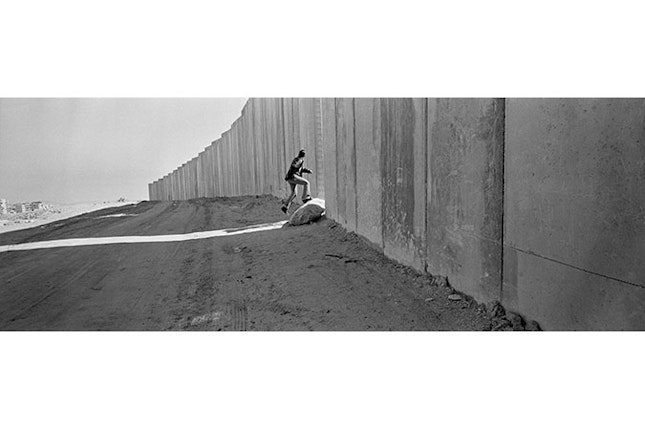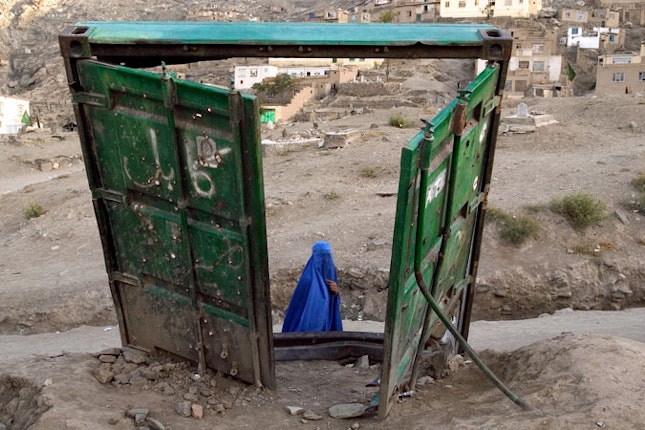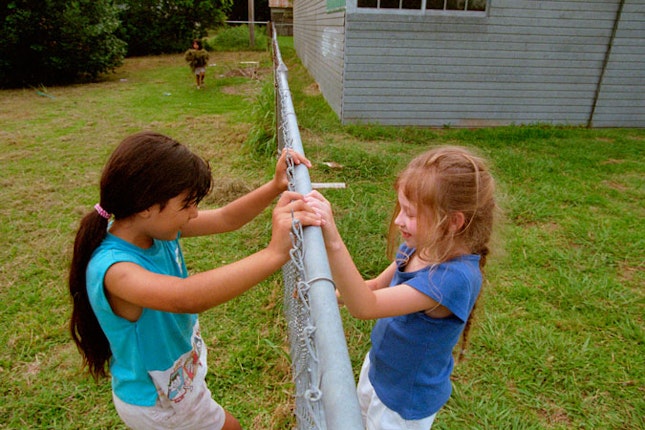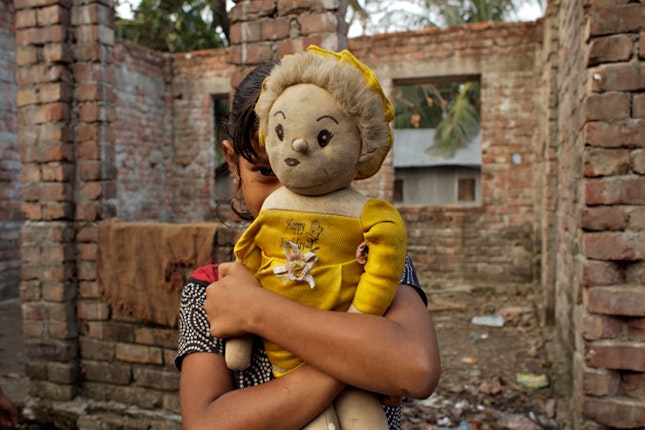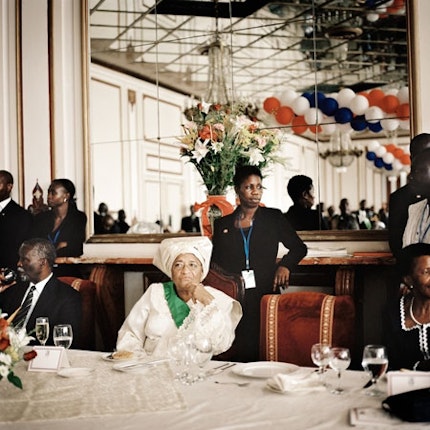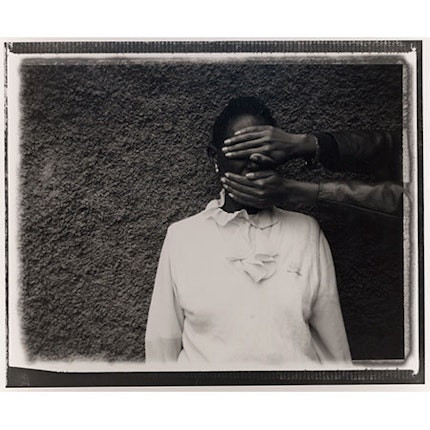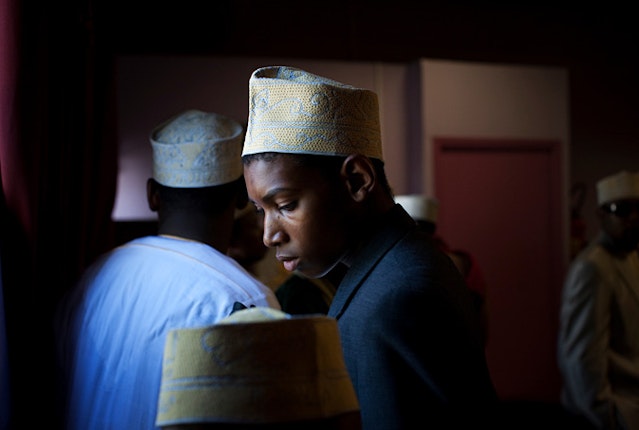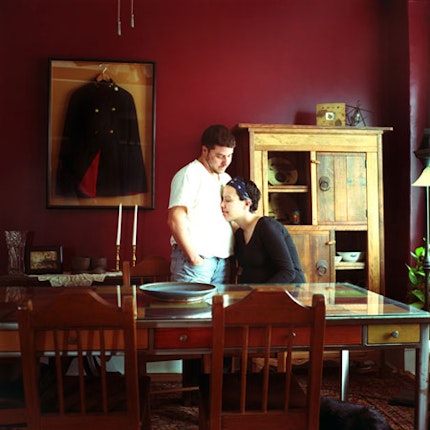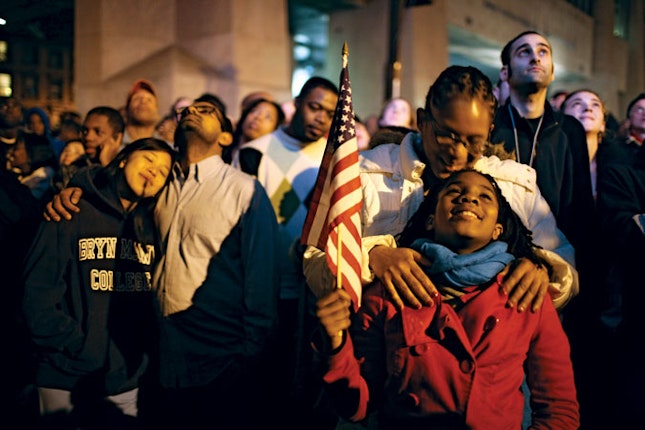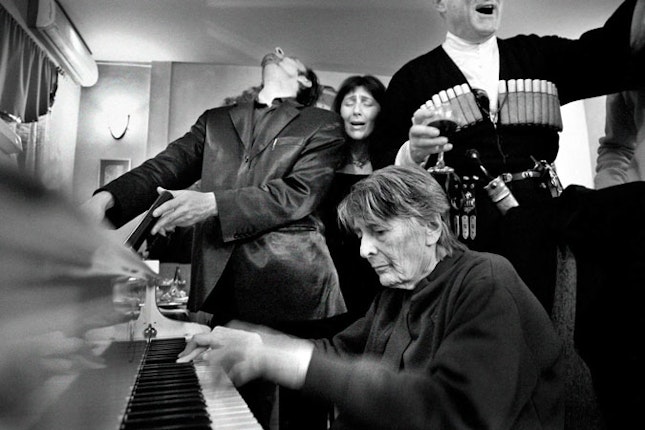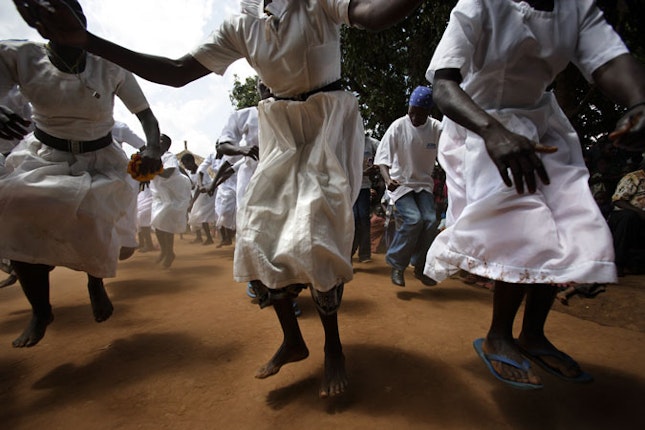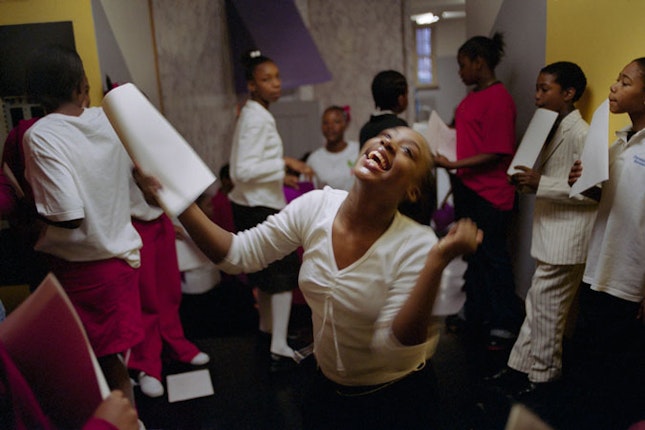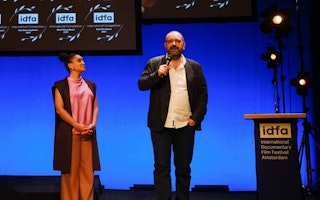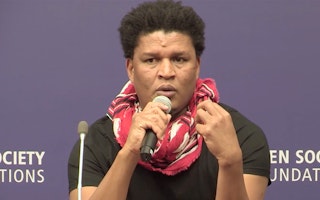Open Eyes: Photography and Open Society
By Ari Korpivaara
How do you see open society?
When those of us who work for the Open Society Foundations talk about building open society, we often describe its characteristics: Open society is characterized by the rule of law; respect for human rights, minorities, and a diversity of opinions; and a civil society that helps keep government power in check.
But that is telling, not seeing.
Can photography help describe what words alone cannot? I contacted the photojournalists with whom the Open Society Foundations often work in our efforts to secure human rights, justice, and public health. I asked these photographers to send me images that represented open society to them: images of diversity, of events symbolic of optimism and triumph, of openness and freedom.
I received a rich collection of images. The photographers found unique ways to respond to my request, but, as I looked through the photographs, patterns and themes and insights began to emerge. I could see, for example, the ineffectiveness of walls and fences, how self-defeating they are. People always seem to find a way through, over, and around barriers. There, in the click of the camera, is the lone figure, bathed in sunlight, slipping through a gap in the Israeli wall; the veiled woman in Afghanistan looking at us through a still-standing door frame and partially open doors; the two young girls in Texas talking over a chain link fence meant to keep them apart.
Walls don’t work because people yearn to move freely, it is as natural as breathing. Capturing their stories is what photographers and writers do.
The photographs show women surviving and thriving even in patriarchal societies. The girl born in a brothel is there. And so is the president of Liberia. But the image that best captures adversity and triumph is almost painfully symbolic: the woman living with HIV in Ethiopia who poses for the camera with men’s hands across her eyes and mouth. The hands protect her privacy and appear to shut her up, but they do not silence her.
The images of diversity—the loving couple, for example, or the Muslim men—are beautifully shot, reflective, quiet, emotionally familiar. But look closely and read the captions: One member of the loving couple is transgender, the Muslim men live in France. Context deepens understanding and reminds us how similar people who are labeled different really are. Are we not all minorities somewhere?
To my surprise no one submitted an image of voting. Perhaps it was too literal both as photography and a depiction of open society. Still, I have added a historic favorite. Free and fair elections, as well as the right to protest, are the essence of open society. I always find the long lines and the act of voting encouraging, whether or not the choices and results are worth celebrating.
Many photographers also sent images of suffering and abuse, which at first I found puzzling. My eyes could not see beyond the surface. It took me time to realize that open society for photojournalists may well be their ability, under risky conditions, to photograph closed societies and show these images to the world. This reality is often reflected in the images themselves, the tension between degrees of light and dark, the positive within the negative.
The idea of open society remains elusive. Elements can be explained and codified, but in the end it must exist in the hearts and minds of people. You can see the belief in the eyes and actions of the people in these photographs. See the defiance and yearning, the satisfaction, hope, and even joy. See the wedding party in Georgia, the refugees in a camp in Africa, the young girl in an American school—singing, dancing, celebrating life.
These are some of my thoughts when I look at these photographs. Perhaps you will think differently, for the images carry multiple, personal meanings—and mysteries you feel but cannot explain.
How do you see open society?
Until November 2012, Ari Korpivaara was director of publications at the Open Society Foundations.
